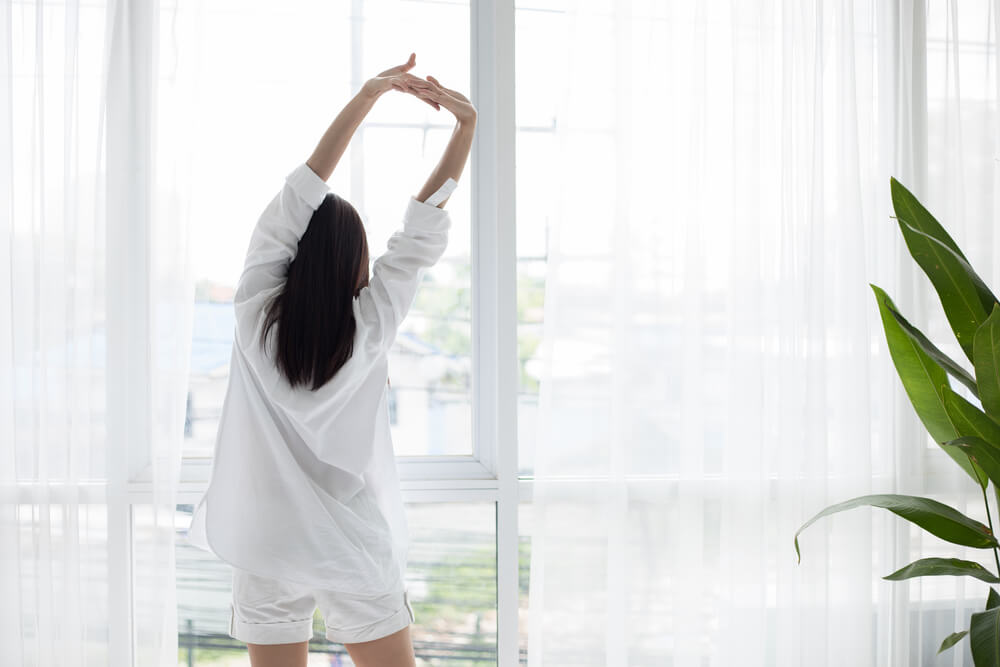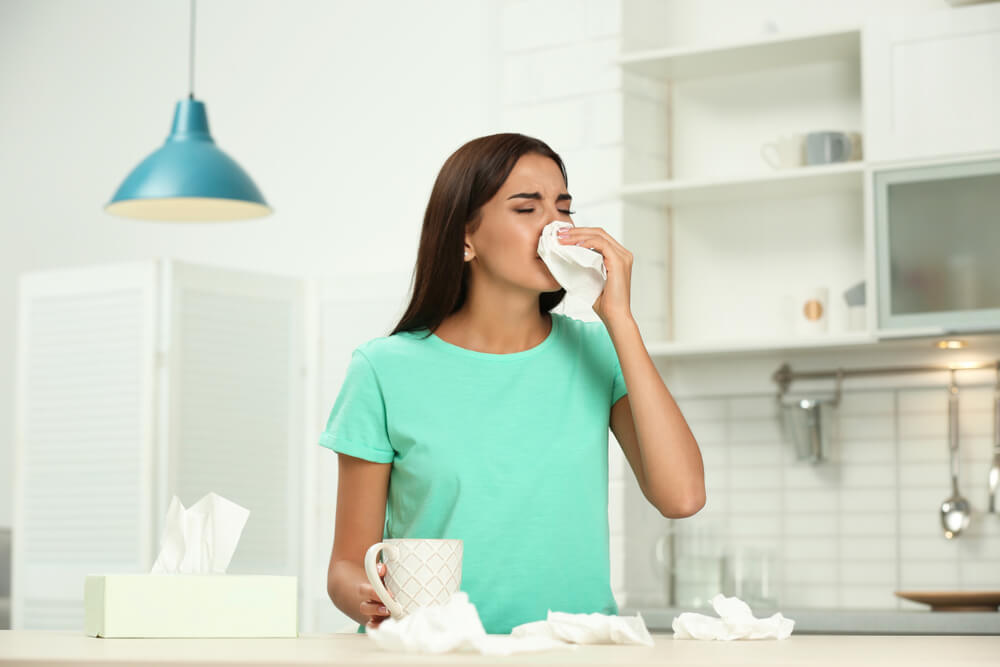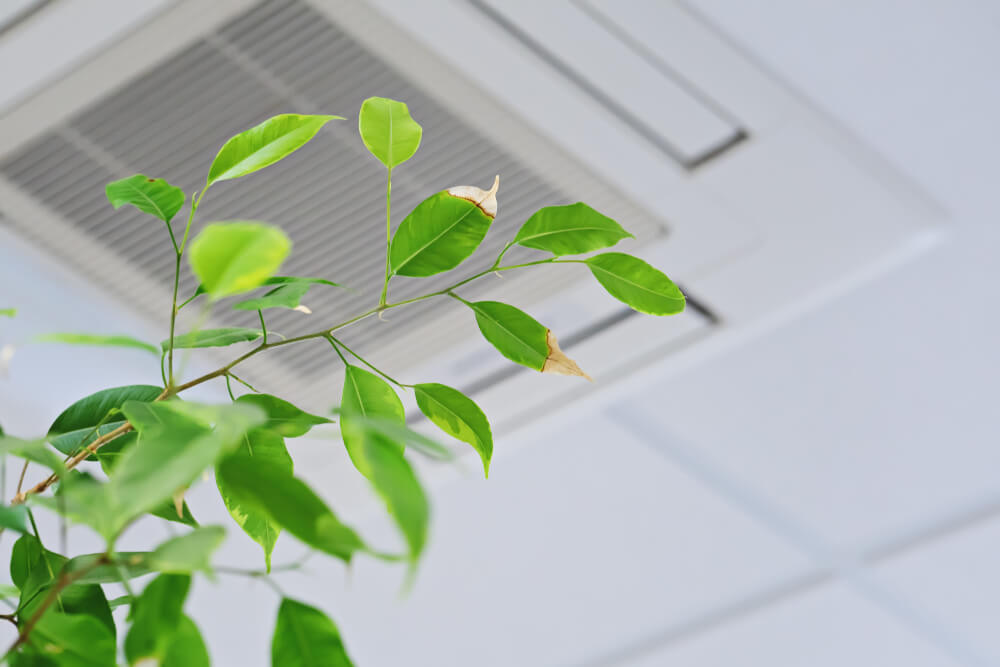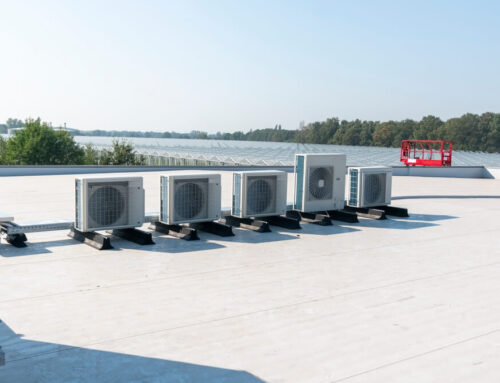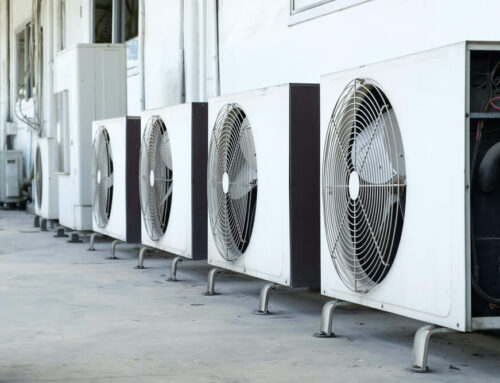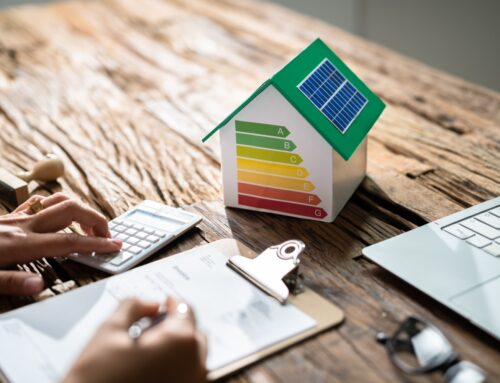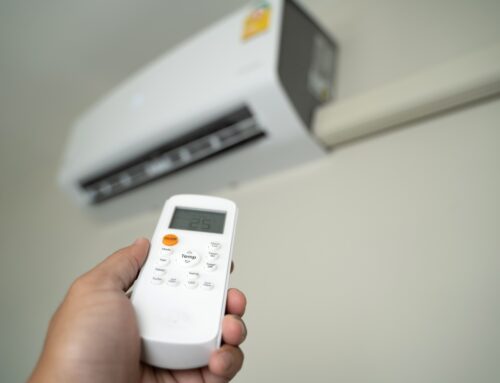When hearing the term “air pollution,” most people will automatically think about industrial smokestacks billowing smoke and massive traffic jams on the interstate or the city. While these are very real and, unfortunately, typical cases of air pollution, there are also concerns regarding air pollution in familial residences.
As a matter of fact, the air can potentially become polluted in our homes as well; thus, air quality testing and air purifiers are recommended to keep things in check.
To make matters worse, in some cases, indoor air pollution may even be worse than it can get outdoors. Fortunately, with a few helpful tricks and preventative maintenance, homeowners can take matters into their own hands and improve the air quality in their homes.
As such, in this article, the team at Chills Air Conditioning brings you a few excellent tips to always breathe fresher air in your home.
Identify Common Pollutants
Before getting an air purifier or messing with your cooling and heating systems, it’s vital to know more about things that may pollute the air inside your home. Most of these contaminants can be brought into your living space from the outdoors by pets, or more severe concerns, like potentially lethal gas leaks. On that end, carbon monoxide is a common air pollutant. Asbestos and lead particles may also be present in older residences. These two materials can cause lung damage.
On the other hand, mildew and mold can build up in kitchens and bathrooms where moisture levels are usually higher than in other rooms of your house.
Perform Air Quality Testing
To see whether you are dealing with air pollution issues and might need to change your AC filter, you should test the air quality in your home.
To test the air quality, you can always call a professional or try the DIY route. While performing testing yourself is usually less costly, the findings may not be entirely precise; on the other hand, a professional can give you more personalized information and solution options for your problems. Essentially, you should choose a method depending on your needs.
- Doing it yourself: You can choose from a wide variety of testing kits on the internet, some of which enable you to perform extensive testing. Still, experts recommend using these options if you only want to test for one or two pollutants. And even though these tests are less expensive than hiring a professional, even if you want to perform several tests on different pollutants, the costs may add up in the long run.
- Professional testing: While hiring professional help may cost more upfront, these experts will offer additional services and do more comprehensive testing overall. You might also be offered different services and solutions, along with tips to prevent pollutants from causing problems and help you with air quality maintenance.
Control Potential Allergens
Unfortunately, there are a host of irritants and allergens in households and indoor spaces, like:
- Mold
- Mildew
- Dust
- Pet dander
- Dust mites
Aiming to keep these compounds at bay will usually also help with keeping the overall quality of the air in your home better and will also help you avoid experiencing any allergy symptoms such as:
- Watery eyes
- Runny nose
- Sneezing
- Sore throat
- Itching
- Skin rashes
That said, opt for the following preventative strategies to control allergens in your home:
- Get hypoallergenic pillows along with impermeable mattresses to eliminate dust mites
- Brush your pets often
- Wash your bedding at least twice a month in hot water
- Dust and vacuum regularly and keep your home clean
- Wash the mold off of surfaces like metal and tiles with a soap solution or bleach
- Replace wooden elements, carpets, or drywall where mold has accumulated
Change the AC Filter and Other Filters
Your AC is constantly working to ensure the optimal temperature in your home year-round. Apart from cycling through the air, these systems also filter out some of the pollutants mentioned earlier. While this is good, it can also lead to the AC filter filling up. This can wear down your entire conditioning system and leave some or most pollutants inside. So, to avoid costly repairs in the future, it’s best to change the AC filter regularly.
The AC filter isn’t the only thing you should check routinely. We also recommend that you keep tabs on the state of other household appliances and their filters as well. The clothes dryer, vacuum cleaner, and kitchen vents should also be regularly checked and maintained.
Take a Closer Look at the Air Ducts
These ducts are responsible for distributing cold and hot air in your home from your cooling and heating system to ensure optimal temperatures in every room. Unfortunately, when these ducts aren’t installed properly or lack regular maintenance, they may also distribute allergens and pollutants across your home. Dander, dust, mold, and mildew can accumulate in these systems, reducing the air quality in your house. To get your duct system back in optimal shape, it’s best to consult a professional to see your options.
Use the Cooking Vents
As discussed above, a large chunk of pollution comes from the kitchen. For starters, gas stoves can release harmful compounds like nitrogen dioxide and carbon monoxide. That said, open the kitchen window or turn on your vents when cooking to filter the air out as much as possible.
Keep the Carpets and Rugs Clean
Some may think that carpets and rugs only make your home more comfortable. It’s a lesser-known fact that they may also act as air filters as they can capture particles like dust in their fibers. Ensure that you clean your rugs and carpets every week or two to help improve the air quality in the process.
Don’t Forget About Humidity Control
Moist and humid conditions may aggravate mildew and mold accumulation, leading to health problems such as allergies and asthma. From this aspect, optimal humidity control is essential, especially during the hot summer period, when the conditions can be especially humid. So, take advantage of simple humidity control protocols with the latest humidifier options that will enable you to maintain consistent humidity levels and avoid mildew and mold buildup.
Indoor Plants
We may also refer to them as natural air filters, which can do wonders for the air quality and make your home look more wholesome. The best options for improving air quality would be introducing more massive palm trees or smaller lilies and ferns that bloom indoors.
Don’t Overlook the Consequences of Poor Indoor Air Quality
Taking care of your home and loved ones should also include indoor air quality maintenance. Pollutants and particles in closed spaces may even lead to serious health problems.
And to ensure that the air quality in your home is optimal, remember to use the tips we’ve highlighted above. Still, if you need more help, specifically with HVAC service and replacement in Miami, you can count on our expert assistance.

